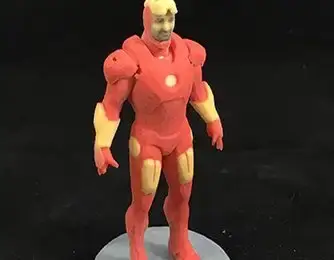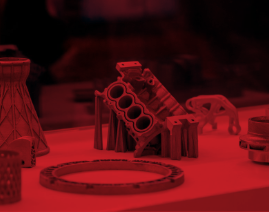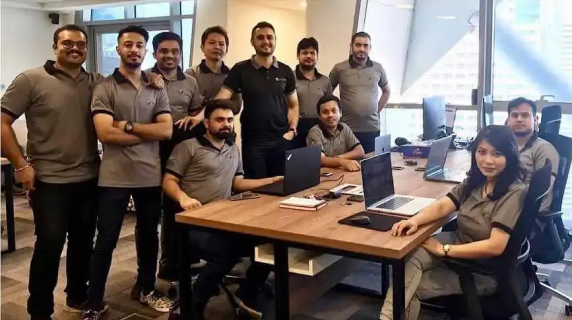

Movies transport viewers into various realms which they can only dream of — from the afro-futuristic world of “Black Panther” to the outer reaches of space in “Star Wars.”
This virtual transportation into fantastic realms wouldn’t be possible without employing special effects, both practical and computer-generated imagery (CGI).
How does 3D printing figure in all of these? Through the creation of physical prototypes and much more.
Before the advent of powerful computers used in rendering images, the use of practical effects was the standard.
By the 1990s, CGI took over.
Today, filmmakers and their crew have the best of both worlds, drawing on the strengths of both practical effects and CGI. And why wouldn’t they?
CGI, when overused or used ineffectively, can ruin a movie. Use too much and the suspension of disbelief among the audience is cut short. Instead of taking your viewers for a ride, you end up leaving behind the people watching the movie because of excessive visual noise.
The key here is balance.
CGI works best with landscape shots that require more resources (one example would be the battle scenes in “Game of Thrones” or “Star Wars”). Many filmmakers use practical effects for building physical structures and CGI for expansive landscapes.
Practical effects are used best in scenes wherein the characters are the main focus. In fact, many directors have noted that they can draw better performances from their stars through practical effects than with CGI.
Hollywood has mastered the effective combination of both practical effects and CGI in crafting movie magic. Here’s how they do it.
Creating fantastic creatures like the Demogorgon in “Stranger Things” requires extensive research and development before getting screen time.
3D printing has allowed prop makers to overcome old and new challenges.
For example, the team behind the film “Zero Dark Thirty” needed to borrow night vision goggles from the US Department of Defense. Their request, however, was declined. Through 3D printing, the team was able to recreate the night vision goggles.
In Marvel’s “Iron Man,” the special effects studio tasked to create Robert Downey Jr.’s armor turned to 3D printing. The team started with miniature models to iron out kinks and then crafted life-sized armor plates for the lead star. More importantly, the team was able to forgo the costly and tedious process of mold making.
“Star Wars” has been known for its extensive list of characters often donning unique costumes. In bringing the franchise to a new generation of fans, the team behind “Star Wars: The Force Awakens” used 3D printing in making the costumes for the Stormtroopers and parts of C3PO. Apart from fast-tracking the process of manufacturing costumes, additive printing substantially reduced errors.
While CGI has slowly become the new norm in making cartoon movies, LAIKA studio has spearheaded the use of 3D printing in their stop-motion animation films like “Coraline” and “Kubo and The Two Strings.” The results? Nothing short of astounding.
Traditionally, stop-motion filmmaking uses model puppets or clay figures which are photographed frame by frame to show minute movements.
LAIKA’s production team overcame a significant challenge by using 3D printing to craft over 6,000 faces that were able to mimic over 200,000 facial expressions.
Building upon their experience and success with “Coraline,” LAIKA showcased their first character made entirely through 3D printing: the Moonbeast in “Kubo and The Two Strings.” This character is comprised of about 1,000 pieces, including the armature and exterior pieces.
Pir Arkam is the founder & CEO of Proto21 a 3D Printing Service Catering across a wide range of industries manufacturing & prototyping solutions

3D Printing is already shaking our age-old notions of what can and can’t be made.
- Hod Lipson
Proto21 | ©2022 All rights reserved | Powered by Salsoft Technologies
Your Local Manufacturing Partner

Enter your information below and our team will reach out to you shortly.
This will close in 0 seconds